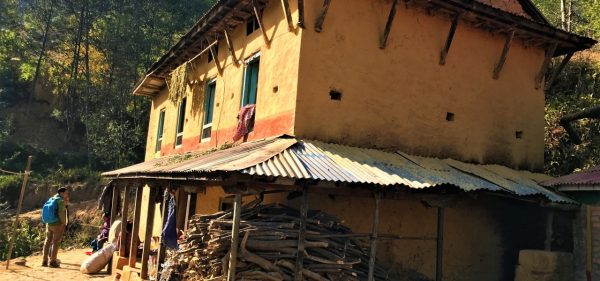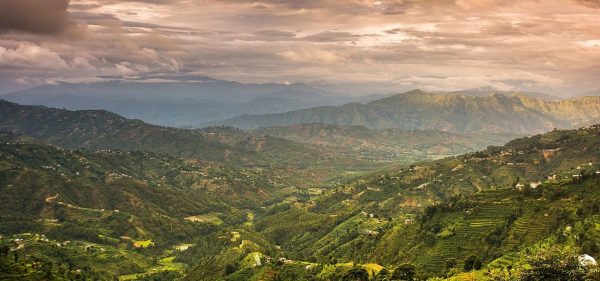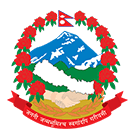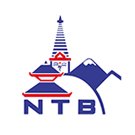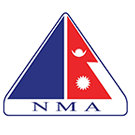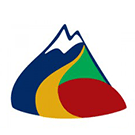Trip Facts
Trip Highlights
- The region is named after Mt Makalu, which at 8,463 m is the world’s 5th highest mountain
- It’s home to more than 3,000 species of flowering plants, including 25 species of rhododendron and hundreds of varieties of orchids
- Unexplored areas
- Several immense glaciers
- Makalu lies within Nepal’s Makalu-Barun National Park and Conservation Area
- The first ascent of Makalu was on May 15, 1955, when French climbers Lionel Terray and Jean Couzy reached the summit.
Trip Overview
Makalu is the fifth-highest mountain in the world (8,481 m), yet the trek to its base camp is a less-frequented route due to its relative inaccessibility. Trekking to Makalu Base Camp offers incredible off-the-beaten-trail experiences and hidden gems in Nepal. You get to explore from serene trails to vibrant cultures, towering cliffs, exotic wildlife, hanging glaciers, and numerous 8,000-meter-plus mountains.
For avid trekkers who like a challenge, this is a perfect trek with plentiful rewards. Moreover, trekking to the base camp of Makalu- the world’s fifth-highest mountain, is indeed an adventure for a lifetime. The trek is physically challenging and requires a good level of fitness. Personal fitness as well as proper acclimatization is essential due to the high altitudes. It is important that you do some preparation before embarking on the trek. In addition to all of your physical training, it is important to ensure you are well-equipped with the proper clothing and gear.
Spend your Makalu Base Camp Trek days through ethereal landscapes, witnessing the mountain life of varied ethnic groups. Also, keep your eye out for the elusive red panda and snow leopard that dwells in this region. The Makalu region has been off-limits to foreigners until 1952 when Shipton visited, crossing what became known as the Shipton La (4,220 m/13,845ft). The area receives very few foreign trekkers due to its relative inaccessibility and remote wilderness. However, a journey to base camp is an unforgettable experience for those wishing to venture into an authentic adventure in Nepal.
This is a sample itinerary, and we shall customise the program as per your needs and preferences. Get in touch with our travel expert or email us at info@nepalsanctuarytreks.com or sanctuarytreks@gmail.com.
Note: Below trekking hours, altitudes and distances are approximate, and absolutely for general ideas only.

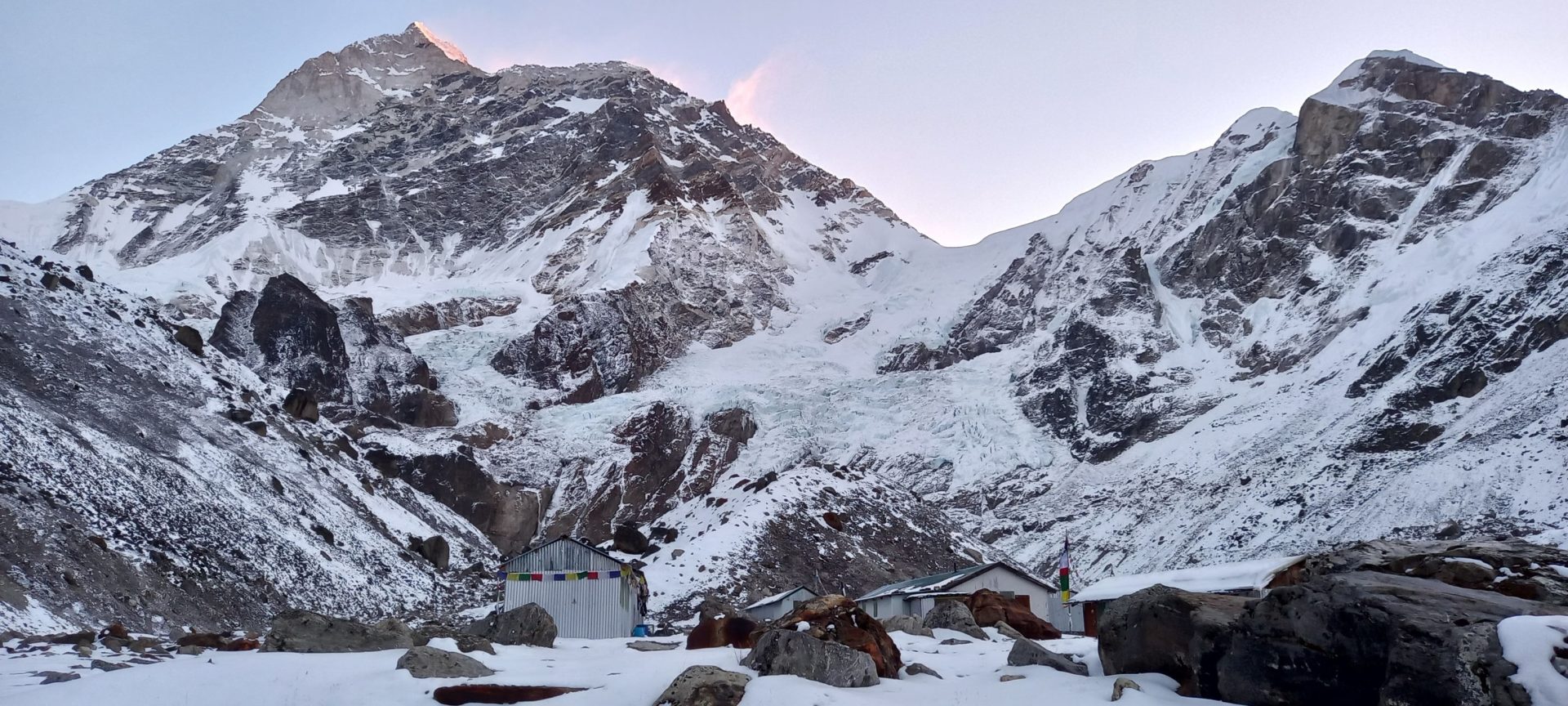
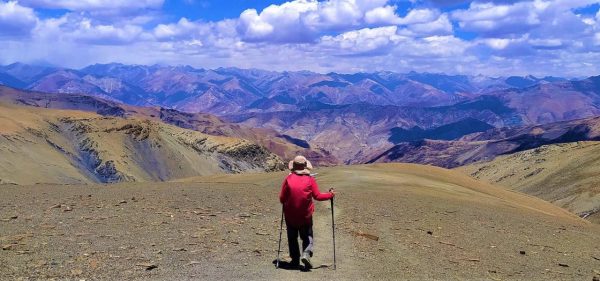
 Altitude:
16,896ft
Altitude:
16,896ft
 Difficulty:
Strenuous
Difficulty:
Strenuous
